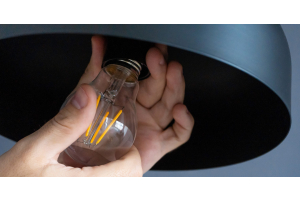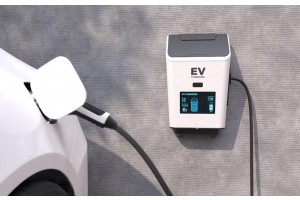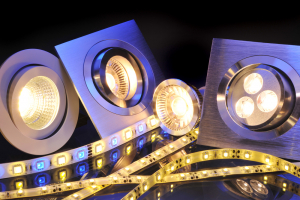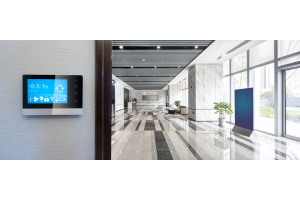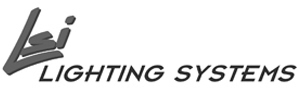Bulb Bases & Sockets
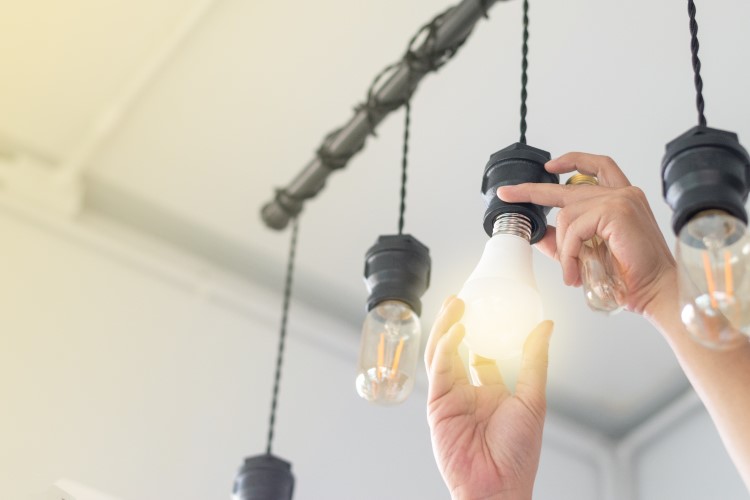
Bulb Bases & Sockets: Everything You Need to Know
Much like with bulb shapes, the wide variety of bulb bases and sockets can be daunting if you don’t know what you’re looking for. Nobody wants to discover too late that they got a bulb that is slightly too large for the socket or has a different pin configuration. Luckily, each base and socket can be easily identified based on both their look as well as their use. This article will cover the most common bases and their compatible sockets. This includes screw bases and pin bases; including fluorescent and compact fluorescent bases. And just as with bulb shapes, each base can be identified using a code of letters and numbers designating the base type, diameter, and configuration. This code consists of a starting letter signifying the base type, followed by number(s) measuring its diameter in millimeters, and, if applicable, additional letters to note other characteristics. A common example is the E27 base, also known as the Medium base. The “E” denotes that it is an “Edison” screw base and the “27” means the bulb’s base is 27mm in diameter. In addition to the “E” designation, there is also “G” for pin bases. Each of these will be explained in further detail later.
E - Edison Screw Base
The screw base, also known as the “Edison Screw Base”, is the most recognizable of all the bases. This is for good reason too. As the name suggests, Thomas Edison invented this type of base and socket. Not only has it stood the test of time, but this base can be found in nearly every household lighting fixture along with use in both commercial and industrial applications as well. As said earlier, the most common type of screw base is the Medium E27. The E27 uses a Medium Base socket and can be found in nearly all lighting fixtures. A largest screw base in common use is the Mogul E39. These use a Mogul Base socket and are designed for the higher temperatures and wattages of high-intensity discharge lamps (HID). The other common type of screw base is the smaller Candelabra E14. This type is typically used for decorative light fixtures. It uses a Candelabra Base socket, but can vary in size, so be sure the socket and base measurements match. Additionally, reducers and extenders can be used to retrofit smaller or larger sockets for other base shapes.
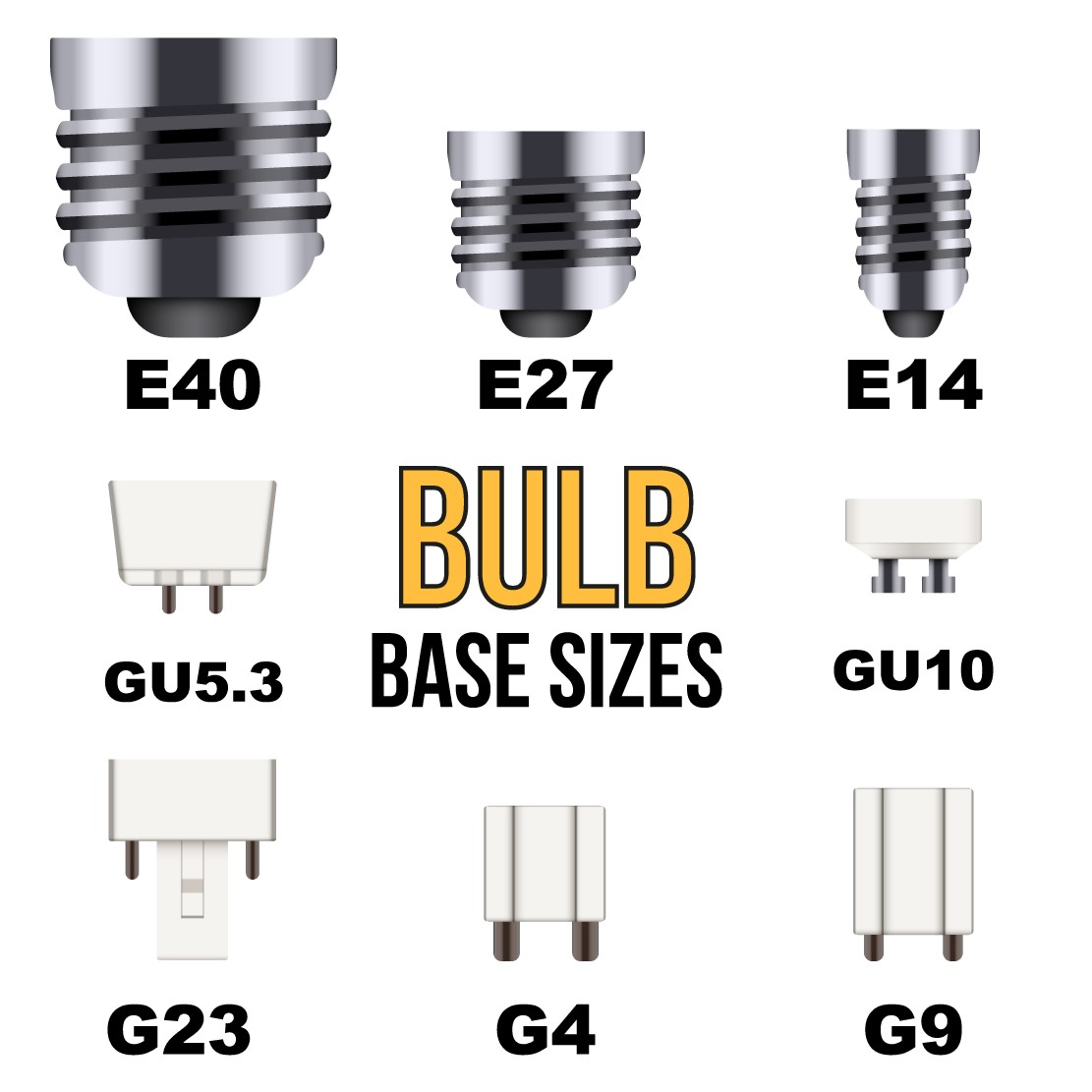

G - Pin Base
The pin base is the most complicated of the base types because of its wide array of configurations and uses. Depending on the application, pin base lamps can be used with halogen bulbs, linear fluorescent bulbs, compact fluorescent lamps (CFL), and linear LED bulbs. These differences can be determined using the base and socket’s alphanumeric code. This code is slightly more complex for pin bases because additional letters and numbers are used to denote its characteristics. The letter which follows the “G” indicates the base’s length and the diameter of the pins. These second letters include:
“U” - Base length of greater than 6mm, pin diameter of 1mm, and one or two channels.
“X” - Base length of less than 7.5mm and pin diameter of 1mm.
“Y” - Base length of greater than 6mm and pin diameter of 0.7mm.
“Z” - Base length of greater than 6mm, pin diameter of 1mm, and no channels.
An example of a pin base code is GU10.
“G” - Pin base
“U” - Length greater than 6mm, 1mm diameter pins, and one or two channels
“10” - 10mm between pins
The sockets used for pin base lamps come in a few different varieties. The most prevalent bi-pin sockets are Miniature and Medium. These types are most commonly used for linear fluorescent lamps. There are also sockets available which are specially designed to safely handle higher wattages with High-Output (HO) and Very High-Output (VHO) linear lamps. The Miniature size lamps are usually T4 and T5 while Medium size lamps can range from T8 to T12 as well as most linear LED retrofits. Miniature bi-pin bases tend to use G5 while Medium bi-pin bases use G13 sockets. Smaller sockets, such as G4, G5, and G9, are typically found on small halogen capsules used in decorative fixtures. Additionally, quad-pin T9 circline lamps use G10 sockets. GU base lamps are designed with channels to easily twist and lock into their own GU Socket. These sockets range in size from GU5.3 to GU10 and GU24.
CFL bases are considered pin bases as well and use the same code as above. However, additional letter(s) and number(s) are used specifically for CFLs due to their increased complexity. The number following the first letter(s) is the distance between the pins measured in millimeters. The last letter describes the number of pins on the base. The letter “s” indicates single-pin, “d” is a bi-pin, “t” is a tri-pin, and “q” is a quad-pin. The final number following this letter denotes the location of the dowel, “-1” is the middle, “-2” is left, and “-3” is right.
An example of a CFL base code is GX32d-3.
“G” - Pin base
“X” - Length less than 7.5mm, 1mm diameter pins
“32” - 32mm between pins
“d” - Bi-pin
“-3” - Right dowel
Additional Bases
While screw and pin bases are by far the most prevalent base and socket types, they are by no means the only. There are some specialty bases which only have limited uses. These follow the same codes as screw and pin base lamps. For example, the bayonet base uses the “B” designation for its code. Bayonet base lamps use Double Contact sockets and are typically found in low voltage halogen applications. Another type is the flanged base which uses the "F" style socket. Other examples are slide base sockets “S” and wedge base sockets “W”.
If you have any further questions, please don’t hesitate to contact us at 888-307-3700. We have qualified lighting specialists that will make sure that you get the product that best suits your needs.


